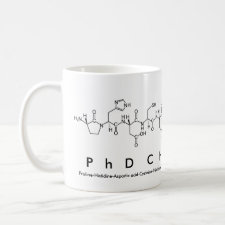
Authors: Yu JL, Wang XY, Kang Q, Li JH, Shen DZ, Chen LX
Article Title: One-pot synthesis of a quantum dot-based molecular imprinting nanosensor for highly selective and sensitive fluorescence detection of 4-nitrophenol in environmental waters.
Publication date: 2017
Journal: Environmental Science: Nano
Volume: 4
Issue: (2)
Page numbers: 493-502.
DOI: 10.1039/C6EN00395H
Abstract: A novel molecular imprinting fluorescence nanosensor was constructed via a facile surface imprinting polymerization one-pot synthesis strategy for highly selective and sensitive recognition and detection of 4-nitrophenol (4-NP) based on an electron-transfer induced fluorescence quenching mechanism. 2-Aminoethyl methacrylate hydrochloride (AMA) was first used as a surfactant to interact with aqueous carboxyl-CdTe quantum dots (QDs) and the resultant AMA-modified QDs were used as a core support and a fluorescent signal source. Then, an ultrathin 4-NP imprinted shell (ca. 4 nm) was formed on the QD surface (i.e., QD@MIPs) by a simple facile free radical polymerization step. The one-pot synthesis simplified the imprinting process and shortened the experimental period. The imprinted sites bound the template of 4-NP efficiently through the hydrogen bonding interactions and showed excellent recognition selectivity for 4-NP over its analogues with a high imprinting factor of 9.1. The electron transfer process between QDs and 4-NP led to significant fluorescence quenching of the QD@MIPs nanosensor, by which 4-NP could be sensed, and high detection sensitivity up to 0.051 μM was attained. Furthermore, the sensor was successfully applied to determine 4-NP in seawater and lake water samples, presenting high recoveries in the range of 92.7-109.2% at three spiking levels with the relative standard deviation within 3.1-4.8%. The simple, rapid, reliable QD@MIPs-based method proved to be potentially applicable for the highly selective and sensitive fluorescence determination of trace 4-NP in complicated environmental water samples
Template and target information: 4-nitrophenol, 4-NP



Join the Society for Molecular Imprinting

New items RSS feed
Sign-up for e-mail updates:
Choose between receiving an occasional newsletter or more frequent e-mail alerts.
Click here to go to the sign-up page.
Is your name elemental or peptidic? Enter your name and find out by clicking either of the buttons below!
Other products you may like:
 MIPdatabase
MIPdatabase









